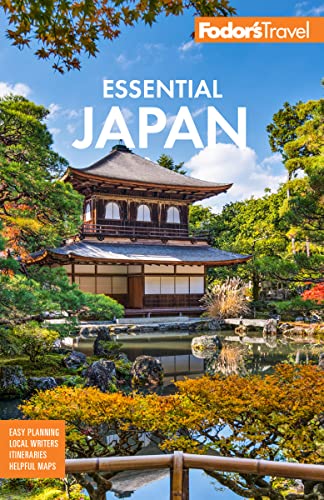Sake, the Japanese Drink
Sake, or nihonshu, is the essential Japanese drink. Ranging in taste from fruity and bright to rich and mellow, there is a nihonshu for virtually every palate. Many sake breweries offer free tours and tastings to tourists.
Sake is brewed throughout Japan, and brewery tours are common. If you are in Kansai, you may want to visit one of the breweries in Nada, which accounts for more than a quarter of Japan’s sake production. Thanks to a near-perfect combination of rice, water, brewing techniques, and its location next to the port of Kobe, Nada has been Japan’s premier sake-brewing region since the 18th century. Many breweries offer tours in both Japanese and English, followed by free tastings and a chance to buy the hard-to-find sake produced there. Unfortunately, few breweries allow guests to enter the actual brewing area. To visit a brewery, call ahead for reservations since tours may only be available on certain days. If you don’t have time for a brewery visit, most souvenir shops sell local sake. Just ask for ji-zake (local sake).
Kobe Shu-shin-kan Brewery
Kobe Shu-shin-kan Brewery (078/841–1121 ), in business since 1751, is one of the few that opens its brew house to tours. Sake is brewed from October to March, but the rest of the year you can still see the facilities and learn about the process. To book a tour call the day before. There's also a shop (daily 10–6) and restaurant.
Important Sake Terms
Like wine, nihonshu is nuanced and complex. It is officially separated into different grades depending on how much of the rice grain remains after polishing. Since the glutinous, low-protein inner cores of rice kernels produce the best sake, more polishing results in better sake. Anyone at a liquor store, souvenir shop, or restaurant should be able to give you further recommendations.
Dai-Ginjoshu 大吟醸酒
The highest grade of sake, dai-ginjoshu rice is polished so that only 50% of the grain remains. These sake are usually complex, light, and crisp. If you only try one nihonshu in Japan, make sure it is a dai-ginjoshu.
Ginjoshu 吟醸酒
The second-highest level sake, ginjoshu uses rice with 60% of the grain remaining. Ginjoshu usually has a clear, crisp flavor and slightly fruity bouquet.
Honjozoshu 本醸造酒
Honjozushu rice is polished so that less than 70% of the grain remains. These sake are less complex than ginjoshu and dai-ginjoshu, but still light and fragrant. Quite affordable, they are an excellent companion to most Japanese food.
Futsushu 普通酒
Literally "normal sake," futsushu is the table wine of nihonshu. Some varieties are quite tasty, while others are best avoided. Most hot sake, or atsukan, is this variety.
Junmaishu 純米酒
Junmaishu ("pure rice") indicates a sake that has been brewed using only white rice, pure water, and the fermenting agent koji. Not one of the four official grades of nihonshu, there are junmai honjozoshu (often called simply junmaishu), junmai ginjoshu, and junmai dai-ginjoshu. Junmai sake often has a mellow, smooth flavor.
Namazake 生酒
Bottled without aging, these unpasteurized sakes are known for their refreshing crispness. Namazake is only available for a short time after being brewed and must be refrigerated. While breweries release namazake at different times, spring is the most popular season.
Nigorizake にごり酒
Nigorizake is only slightly filtered, giving it a cloudy white appearance. Nigori sake has a heavier, sweeter taste than other sake.
Nihonshudo 日本酒度
This indicates whether a sake is sweet or dry. Dry sake has a positive number while sweet sake has a negative. For those new to nihonshudo, sake in the +/-5 range is some of the most popular.




